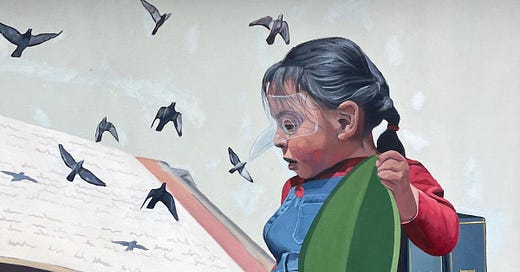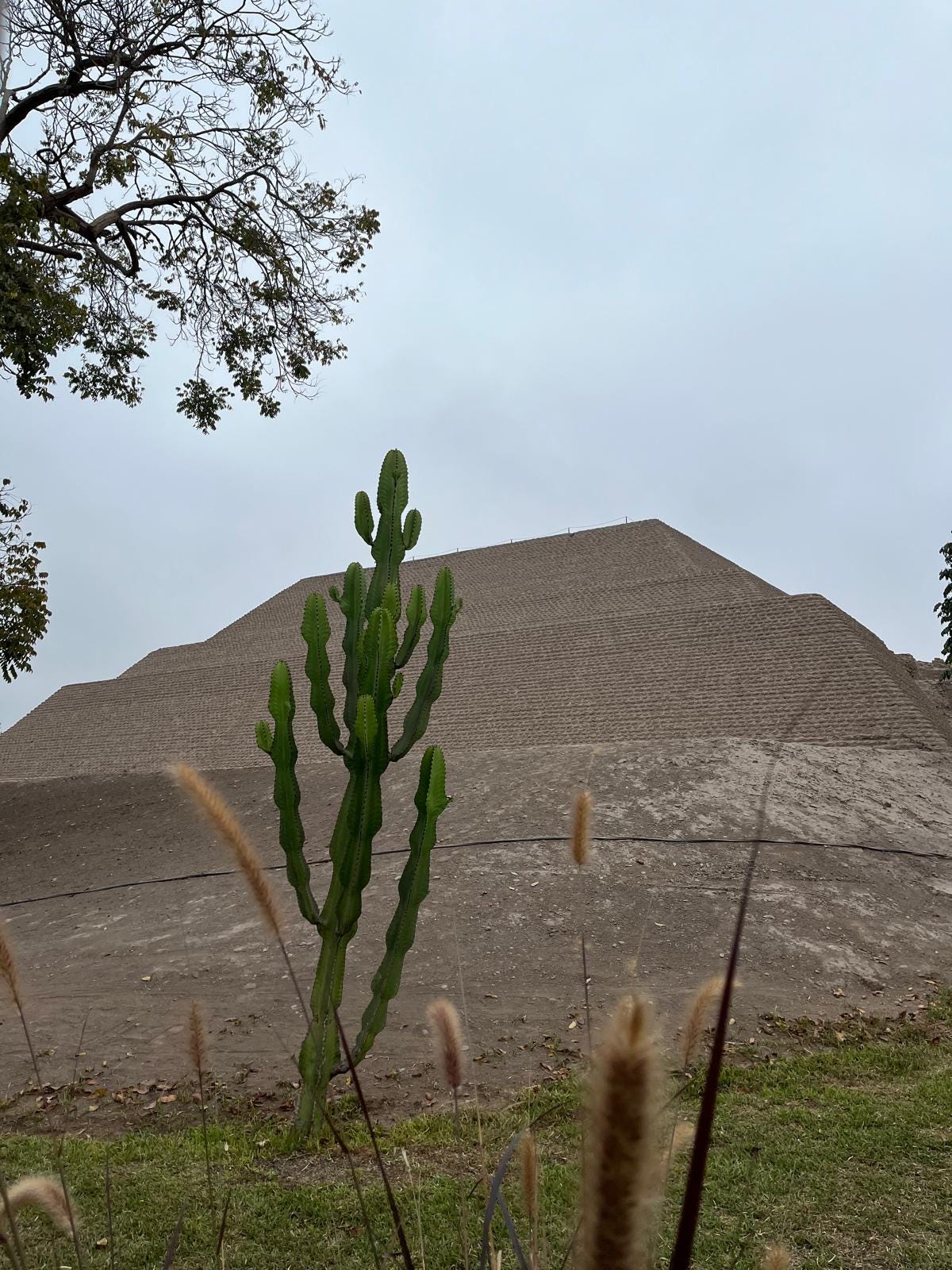LiMA ~ la ciudad ordenada por signos racionales/abstractos
Rama Angle, The Lettered City (1984)
Well, much to share on the first two days in Lima. I drop some photos up here, to share some top symbolic views (more on these happenings later this week)…
We are, so far, engaging with a book by Uruguayan theorist on modernism and transculturation, Rama Angle, The Lettered City (1984) setting the beginnings of conquest along with a series of texts/diary entries/letters written by people later on involved or witnessing the transformations of this central colonial city, Lima.
The Lettered City speaks to the role of landlords, merchants, and Letrados (administrators, priests, planners) who departed from the ‘organic’ medieval Iberian world to the new world holding with them objectives of crafting a metropolis based on the Baroque model of city making. Descartes’s geometry, regarded then in a post-enlightenment period as a the only valid tool of reason, lend to the adoption of grids and concentric circles designs of urban. Order, order, order — “Such institutions were obligatory instruments for the creation and conservation of order… etymological derivations of that word — subordination and insubordination” (page 14). The stratification of society emphasised specialised social groups; governors, archbishops, the seats of universities, high courts, and inquisitional tribunals, and the indigenous peoples outskirts and exploited. Lima, as a ‘discovered’ place in the Americas is considered to have become “the experimental field for the formation of a new Baroque culture” (page 10).
What makes up culture, I do ask, of an inquisition fleet un-placed from territory and ecology to describe said order? Here we have principles of a. abstraction, b. rationalisation, and c. systematisation. Angel writes that “The capacity of the order of signs to configure the future was complemented symmetrically by an ability erase the past” (page 9) and that past was, contrarily, expressed in a. particularity, b. imagination, and c. invention.
I was conflicted with how Angle’s critical description of the utopic basis of cities is also in fact imagined, like the world who came before. So how does the imaginary differ? While one side might be considered myth, the other is of rational imagination, purposing control and concentrating power.
Rationalization “cloaked and legitimated itself ideologically in celestial absolutes” (page 3) and in the metropolis format this disjunction from material reality is considered in how cities “transported to a divine plane” noted by Gozález de Eslava (Mexican poet and biographer) in Coloquios espirituales y sacrementales.
The potential grandness of tearless lima the horrible was crafted by signs, not as representations of the world but via an inverted process in which signs represented something yet to exist, something desirable to the arrived modernists enchanted by futurism characteristics. The use of mass communication, stating and restating an understanding, rippled through the masses, breaching existing ways with a flood of ideologies and planned material realities (houses, streets, plaza).
Power and wealth inscribed by new world socio-culture and infrastructure incubated a colonial society who forever altered relationship to land, devalued Indigenous oral tradition and practices, expelling freedom with forced labour (native and from salves brought from Africa) serving Spanish officials, their edifices, and literate compatriots.
The much later transformations marvelled by Jose Gálvez (‘Peruvian’ Lawyer), 1895 — union and friendly competition, intellectual involvement, public political engagement, economic prosperity, political stability, modernizing impulse — are non-linear products of the 1535 Iberian inquisition which passed the convolutions of ever changing conditions, despite to order ordained by foreign imaginaries.
How does the pretence of order trap exclusive leadership?







I really appreciate Rama's book and every time I read it I find suggestive ideas. However, I am left thinking, in practical terms, about possible alternatives to the city models that were founded. The ordered city model spread across the continent, evidently following European patterns, but it leaves me wondering: what other forms of urban utopias were available? I think we can continue with this collective speculation.
Hi Emma, I really enjoyed reading your posts and I love the pictures you've included! The sentence “the experimental field for the formation of a new Baroque culture” - it reminds me of our discussions about Baroque and folds...if something is folded to be hidden away, it is revealed once again by another fold...this makes me think of 'order' what can be hidden and revealed when building a city off of signs and representations...